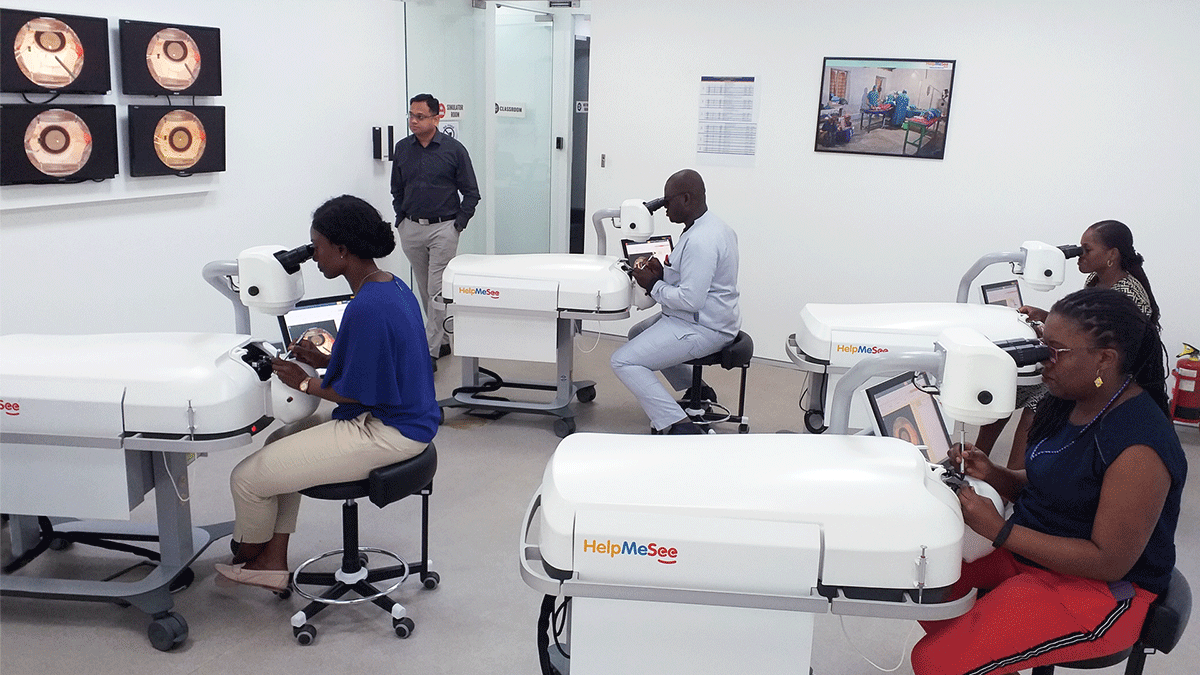Regulations and Standards in Medical Product Design: A 2024 Perspective with 5 Key Takeaways for Medical Device Design

In 2024, as the medical device development industry becomes more dynamic, innovation will be closely linked to strict regulatory compliance and an increasing focus on sustainability. A thorough understanding of the numerous laws, standards, and regulations governing medical device development is necessary to successfully navigate this complicated environment. This guide provides a thorough examination of these important factors, ensuring that your next medical product is not only innovative but also perfectly compliant with current environmental and regulatory standards.
Table of Contents
Understanding the Regulatory Terminology
Before diving into the specific guidelines of medical device development, it’s essential to grasp the commonly used terms in this field. ‘Regulations’ refer to specific requirements within a legislative framework that are binding across regions, such as the EU. ‘Legislation’ constitutes the legal foundation and includes both primary legislation, which sets the fundamental rules, and secondary legislation, which is proposed by legislative bodies. Lastly, ‘Standards’ are a collection of principles that can serve as either guidance or mandatory requirements crucial for ensuring compliance in the medical device sector.
Navigating Regulations, Standards, and Legislation in Medical Device Development
Developing medical devices in 2024 is a meticulous process that involves adhering to a spectrum of regulations and standards:
- Environmental Standards: Compliance with ISO14000 standards is crucial for environmental management. The demand for ISO 14001 certification is also increasing, reflecting the global emphasis on sustainability.
- Reusability, Repairability, and Upgradeability: En45554 standards are pivotal in designing products that fit into the circular economy, emphasising sustainable product life cycles.
Special Considerations in Medical Device Design
Medical device development is unique due to its tight control over safety and efficacy. However, the tide is turning, with legislation increasingly accommodating sustainable practices in medical device development. Key considerations include:
- Detailed disposal instructions for medical devices.
- Prohibition of recycled plastics in primary packaging.
- Mandatory environmental risk assessments for the entire product lifecycle.
Five Key Takeaways in Medical Device Design
Medical device design in 2024 revolves around key principles that ensure products not only meet regulatory demands but also address user needs and market expectations:
- User Needs and Requirements: The cornerstone of medical device design. Understanding end-user needs ensures the creation of devices that are effective, safe, and user-friendly. This involves extensive user research, interviews, and surveys to align the product design with actual user needs and experiences.
- Design Controls: Design controls are critical for managing risks, ensuring regulatory compliance, and maintaining high quality. This involves a systematic approach to design verification, validation, and transfer, ensuring that every aspect of the design meets established standards and requirements.
- Aesthetic and Functional Design: The design of a medical device should be both aesthetically pleasing and functionally efficient. This includes ergonomic design, ease of use, maintenance considerations, and alignment with the brand’s identity. The design should also consider the full lifecycle of the device, encompassing manufacturing, packaging, and disposal.
- Prototyping and Testing: Prototyping is an essential step in identifying design flaws, testing functionality, and refining the design before mass production. Utilising various techniques like 3D printing, machining, and injection moulding, prototypes help in fine-tuning the design for optimal performance and manufacturability.
Regulatory Compliance: Navigating the regulatory landscape is paramount. This involves understanding and adhering to regulations in different markets, such as FDA approval in the United States and compliance with the EU’s MDR. Staying abreast of these regulations ensures the device is safe and legal for market entry.

The Path Forward in Medical Device Design
In 2024, medical device design is an intricate balance of innovation, user-centricity, regulatory compliance, and sustainability. Understanding and adhering to the relevant standards and legislations is not just a legal obligation but a commitment to quality and safety. By embracing these principles, medical device developers and designers can create products that not only meet the current market demands but also pave the way for future advancements in healthcare technology.
With a comprehensive understanding of the regulatory environment and a commitment to innovative design, Bluefrog Design stands ready to assist in bringing your medical device concepts to life. Our expertise ensures that your products are not only compliant with current regulations but are also designed with the future in mind, contributing to the advancement of medical technology and the betterment of patient care.
If you would like to see more on our services
If you would like to hear more on how we can improve the quality of your products or help with your product development, please contact Bluefrog Design at mail@bluefrogdesign.co.uk
FAQ’s on Medical Product Design Regulations and Standards
How has legislation evolved to accommodate sustainable practices in medical device development?
Legislation has increasingly integrated sustainability into medical device development, reflecting the global shift towards environmental responsibility. Recent changes include stricter waste management and recycling mandates, requirements for eco-friendly materials and manufacturing processes, and guidelines for energy-efficient device operation. These regulations aim to minimise the environmental footprint of medical devices throughout their lifecycle, from production to disposal, encouraging innovation in sustainable design and manufacturing practices in the healthcare sector.
What specific regulations govern pharmaceutical packaging and electronic components in medical devices?
Pharmaceutical packaging is governed by EU Regulations 2017/745 and 2017/746, along with Eudralex Volumes 3 and 4, which provide guidelines for plastic packaging materials and Good Manufacturing Practice. For electronic components in medical devices, the European Batteries Directive, REACH (Registration, Evaluation, Authorisation, and Restriction of Chemicals), and RoHS2 (Restriction of Hazardous Substances) are pivotal, focusing on the safe use of chemicals and restricting hazardous substances in electronic equipment to protect health and the environment.
How important is user research in the design of medical devices in 2024?
In 2024, user research in medical device design is paramount. It ensures devices are not only technically advanced but also user-friendly and meet real healthcare needs. This research involves understanding the practical requirements and challenges faced by patients and healthcare professionals, leading to innovations that enhance usability, safety, and effectiveness. Such insights are critical in developing medical devices that genuinely improve patient outcomes and align with the evolving landscape of healthcare and patient expectations.
What challenges do medical device designers face in staying updated with regulatory changes?
Medical device designers face significant challenges in keeping pace with regulatory changes due to the rapidly evolving healthcare landscape. These include understanding complex, frequently updated global regulations, ensuring compliance across different markets, and adapting to new standards for safety, efficacy, and sustainability. Additionally, integrating these changes into the design process without compromising innovation and practicality requires constant vigilance and adaptability, making it crucial for designers to have a proactive approach and reliable sources for regulatory updates.
Ready to get started on a project?
Socials



